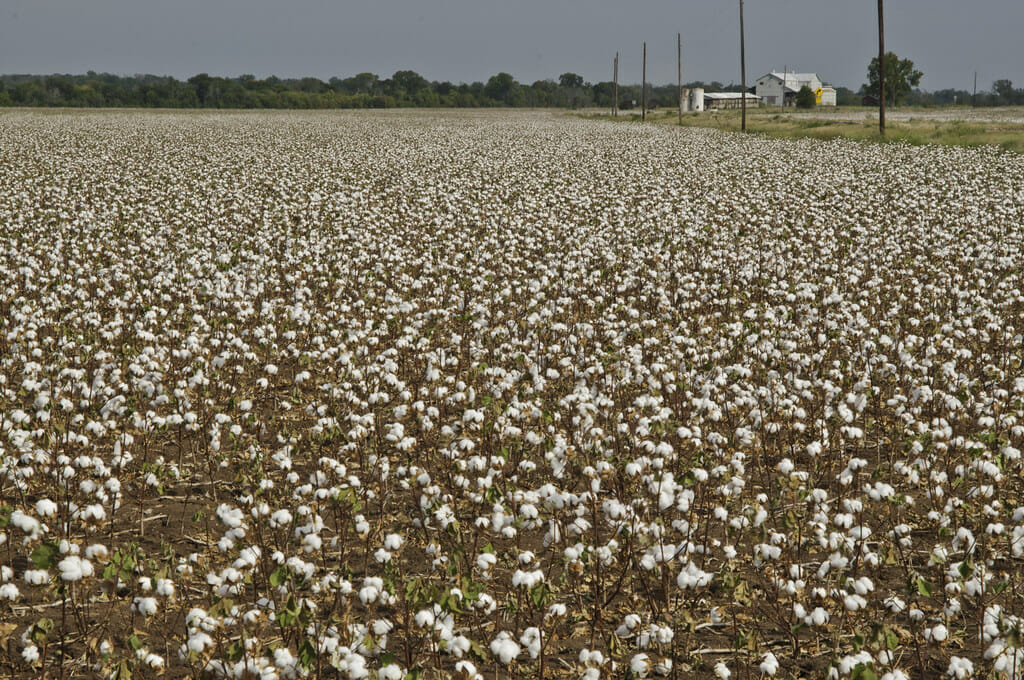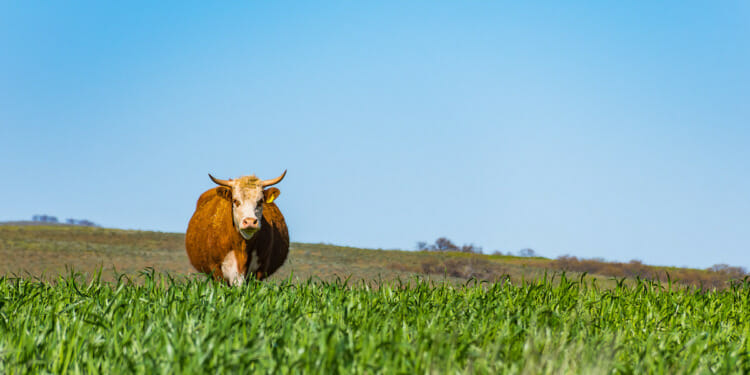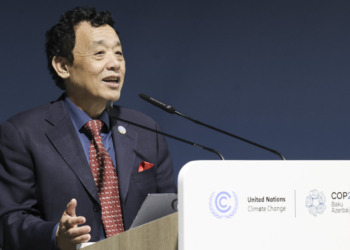The term “regenerative agriculture” does not have one clear or stable definition. There are no official standards or guidelines, but it is generally accepted that its most consistent principles are: enhancing and improving soil health, optimizing resource management, alleviating climate change, and improving water quality and availability.
A 2017 definition from Regeneration International states, “regenerative agriculture is a holistic land management practice that leverages the power of photosynthesis in plants to close the carbon cycle, and build soil health, crop resilience, and nutrient density.” The goal of regenerative agriculture, therefore, is not only to have zero negative impact but to have a positive impact.
Conventional farming practices include separating livestock and crops, growing monocultures that reduce biodiversity and leave crops susceptible to disease, deep tilling, which loosens soil making it more susceptible to blowing or washing away. Regenerative agriculture practices vary between farms depending on climate and the type of crops that are native to the area, but it typically entails rotating different types of crops, which allows the soil nutrients to be replenished throughout the year, no or minimum-tilling, which reduces the amount of soil that is disturbed, integrating livestock to combine plants and animals in a circular ecosystem, and growing cover crops after the commercial harvest which can be grazed or harvested as well.
All of these regenerative practices have the goal of reducing carbon emissions while creating healthy ecosystems and promoting biodiversity. Increasing biodiversity on farms could look like keeping bees or creating seedling nurseries, which both create new streams of income that farmers can keep or put back into their farms.
Many of these practices are not new, they have been used by indigenous communities for centuries and involve working in alignment with natural systems. Recognizing the natural resilience of diverse and interconnected ecosystems is at the heart of these practices.

What does regenerative agriculture have to do with sustainable fashion?
Cotton is one of the most widely used fabrics in fashion, accounting for roughly a quarter of global textile production. It is one of the most water-intensive and least pest-resistant crops and therefore takes a heavy toll on the environment. Cotton grown for the fast fashion industry is notoriously harmful, involving chemical inputs in the form of pesticides and artificial dyes, and little to no safeguards to prevent them from polluting the environment and its adjacent communities.
Regenerative agriculture aims not only to increase the yield of the raw materials themselves but simultaneously restore natural ecosystems and the life they sustain. It requires listening to local communities who are knowledgeable about the area and learning more about their agricultural practices that are conducive to a richer, more biodiverse ecosystem. Because the global fashion industry is so large, sourcing raw materials from farms that use regenerative agriculture practices has the potential to make a positive impact on the environment.
Why is this practice hard to implement?
It is difficult for any farmer to willingly change their farming practices. While farmers may be incentivized by the potential profits of new crops or livestock they integrate into their practices, for many, switching farming practices is a hard sell.
Since regenerative agriculture is a relatively new concept outside small-scale farming, especially in the Global North, there is not much information on whether it will be good in the short term for farmers, or how long it might take to pay off if there is a short-term dip in profits during the transition. Making this transition is a big undertaking for farmers to do on their own, and without support from the companies they sell their products to, the risk falls squarely on them.
It’s important that big companies actually work with the farms supplying their materials. Regenerative agricultural practices are not one size fits all and can be costly if a farm’s unique ecosystem is not taken into consideration. Companies need to work with people on the ground for this to work and not just introduce new phrases or terms that aren’t followed through or effectively delivered. To make the shift to regenerative agriculture, people need access to the right education, tools, and inputs to implement these practices. These companies should also be working to make farmers’ lives better and acknowledge the financial risks that farmers may be taking by switching to regenerative practices.

Some companies like Patagonia are financially incentivizing farmers to make the transition to regenerative practices. Similarly, Primark is offering a three-year program for farmers to learn more sustainable farming techniques and use the cotton from this program for their products. Regenerative agriculture for food products has shown great promise in recent years and hopefully, we will soon see if it can do the same for the fashion industry.
The fashion industry has a long way to go to reverse the harm it has done both to the environment and to the workers it employs. Companies like Primark claim they are working to implement regenerative agriculture in their supply chains, but whether a company of their size can fully implement such wide-reaching and ambitious reforms to undo the damage they have already done remains to be seen.
Editor’s Note: The opinions expressed here by Impakter.com columnists are their own, not those of Impakter.com. — In the Featured Photo: Cow grazing among crops. Featured Photo Credit: Washington State Department of Agriculture.










